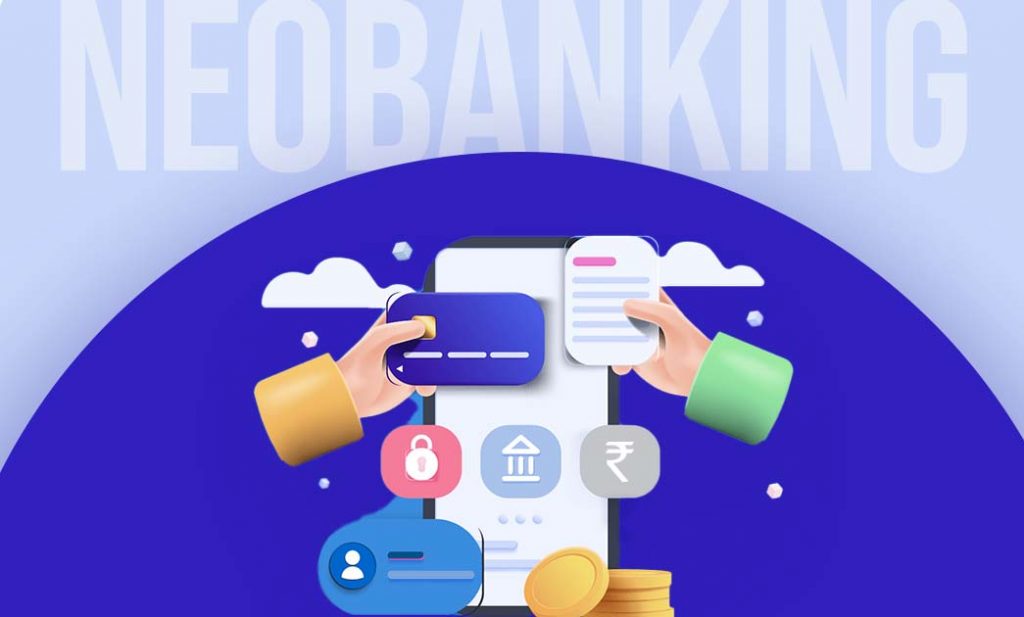As traditional brick-and-mortar banks face millions of queries and delayed grievance redressals, the tech-savvy customer seeks facets of online banking that function smoothly as butter. However, their plea for seamlessness seemed to bring little change from the traditional banks. After all, why should banking be an exception in the world of 5G internet, fast Bugatti Chirons, and the 13th Gen Intel core? Hence, amidst the ongoing chaos, a new entry arrives, challenging the traditional banks with loaded tech, beautiful UI, and dream-come-true financial services. These challenger banks are termed neobanks. In India, Neobanking is a $48 Billion market opportunity and is set to mount up 281% reaching $183 Billion by 2030.
What are neobanks
Neobanks are fintech firms with a digital presence that serves as a cheaper and faster alternative to incumbent banks. While the concept of neobanks corresponds with digital banks, they shouldn’t be mistaken as synonyms. Digital banks are online versions of physically established traditional banks, while neobanks do not have a physical presence at all. Neobanks are fintechs, bridging the gap between the services offered by traditional banks and the evolving expectations of the users. While their potential is expected to change the fintech map, some also pose a threat that might slowly eclipse the traditional banks.
In India, these Neobanks do not have a banking license and rely on traditional bank partner banks to offer their services.
How do neobanks make money
A large chunk of profit earned by neobanks comes from merchants levied with the interchange fees. It means every time you swipe a neobank’s debit card at Shopper’s stop, a small portion of your payment goes to the neobank. But wait, there are other methods for neobanks to welcome profits. These days, neobanks are pots of honey for the investor bees. A massive slab of venture capital money is being poured into these banks. According to Inc42 report, neobanks closed 48 deals between 2014 and 2022 raising over $869 million, 85% of which solely came from the golden year 2021-22.
Pros and cons
One of the best perks of a neobank is seen in its uninterrupted and seamless account creation. From filling in details to a quick KYC, one can open a neobank account in a few simple steps. Also, since neobanks do not have a physical presence, they can save big bucks in operational costs. The money is then redirected to building robust software with tech-enabled services. Effortless banking, state-of-the-art services and user-friendly properties make neobanks an approachable option for managing finances.
Now here’s the other side of the coin. Neobanks aren’t recognized as banks by the RBI. Hence they need to befriend their rivals and collaborate with traditional banks to sustain. Since they only have an online presence, in-person customer support is impossible; thus, grievance redressals can be unmanageable. Moreover, being completely digital makes neobanks more susceptible to cyber-attacks and criminal hacking.
While the concept is a boon for younger users, it still has loopholes and downsides that need to be remedied. The innovation of neobanks is yet in its infancy and has a long way to go.
Have you ever used a neobank service? What were your experiences with neobanks? Before you go, don’t forget to leave a comment below.
